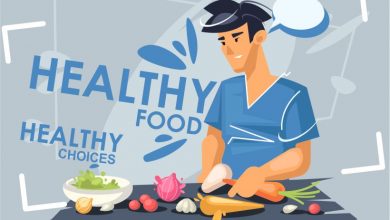What’s in your diet?


Health and Nutrition Strategies for Cancer Survivors and Everybody Else
Warren is a 30 year member of the Institute of Food Technology, A HAACP (hazard analysis critical control point) Instructor with a Batchelors degree in Nutrition Science.
As my readers are aware, my mission is to upgrade food choices to mitigate the cancer disparity in this region. In order for food to work as medicine, it has to be clean, and supply the essential nutrients for optimum health. I’ve focused on food to address the disparity, because cancer researchers are looking at food, and food is the most obvious environmental culprit in this region that can be controlled. The problem is, the United State’s current food policy is risk-based and not zero tolerant, and that includes imports. There are numerous additives and manufacturing practices that are permitted in commerce, that are based on decades old regulations such as the “Generally Regarded As Safe” (GRAS) list, and policies that permit sub-therapeutic antibiotics and hormones in meat and poultry products without identification. However, government labeling policy permits a manufacturer to identify what isn’t in a meat or poultry food product, such as“no antibiotics or no added hormones”.
So, let’s go a little deeper into processed foods, particularly cured products such as ham, cold cuts and sausage. Most cured products are processed with sodium nitrite, an additive that is required to be identified on the labeling. Meats naturally contain amines, and readily combines with nitrite to form carcinogenic nitrosamines. Government regulations require that meats manufactured in the U.S. must contain erythorbic acid or ascorbic acid ( antioxidants that mitigate the formation of nitrosamines). As a cancer survivor, I’d be reluctant about imported, because “Country of Origin” laws were rescinded.
Further, livestock, including poultry are exposed to many of the maladies that humans are subject to, and some. Their living conditions include unsanitary mutual water sources, feed made from GM O’s, overcrowding, parasites, poor sanitation, and exposure to the elements. Consequently, livestock probably receive as many medications as the average human. Those medications don’t stop at slaughter and many can withstand heat treatment. Human consumers may receive unnecessary arthritis medication, sub-therapeutic antibiotics, hormones, arsenic, and many more unlisted substances.
I think we need to take long hard look at organic meat and poultry enterprises, as our major meat producers are going to foreign interest.
Finally, the bottom line is, our region must rethink it’s diet, and transition toward organic food. Northeast North Carolina’s organic produce are known cancer fighters. Our organic produce while mitigating our health disparities, can supply high end organic produce to millions of customers around the world. Agriculture and agriculture related industries contributed 835 billion dollars to the United States Gross Domestic Product (GDP) which accounts for 13% of the average household budget. Organics are the fastest growing segment in the industry.




